The ’80s were somehow the best and worst of times for the Rolling Stones.
At the beginning of the decade, the band was still riding the commercial high of 1978’s Some Girls. There were massive, extremely lucrative tours of the U.S., a memorable and historic concert with one of the band’s heroes, Muddy Waters, and they celebrated their 20th anniversary in 1982.
But before long, it became clear that tensions within the band were bubbling up to the surface. It’s in the ’80s that Mick Jagger and Keith Richards grew the furthest apart they had probably ever been in their career as bandmates and, on a more personal level, as friends. Though the Stones continued recording and releasing albums through the decade, the work was not without a great deal of effort.
By the end of the ’80s, Jagger and Richards appeared to have reconciled as best they could and things began looking up. The Stones were inducted into the Rock & Roll Hall of Fame in 1989 and their concerts got even bigger.
Most Rolling Stones fans don’t point to the ’80s as being the band’s most prolific or productive era, but that doesn’t mean they didn’t drop some gems along the way. Below, we’re taking a look at 10 of the best in chronological order.
1. “Emotional Rescue”
From: Emotional Rescue (1980)
Emotional Rescue is sometimes described as a dance record, and a lot of that can be boiled down to the sort of rhythm section you hear on its title track. A thick bass line — played by Ronnie Wood in this case — and a rock steady four-on-the-floor drum beat. “My thing whenever I play is to make it a dance sound,” Charlie Watts once said, “it should swing and bounce.” This song most definitely does that.
2. “Down in the Hole”
From: Emotional Rescue (1980)
If there’s one thing the Rolling Stones love, it’s the blues. “Down in the Hole” might be one of the very best examples across the band’s entire catalog of their ability to write a downright agonizing blues song, which undoubtedly came from being students of the genre for years and years. “If you don’t know the blues,” Richards once said, “there’s no point in picking up the guitar and playing rock and roll or any other form of popular music.” It helped, of course, to have someone like Sugar Blue, a legendary blues harmonica player, contribute to “Down in the Hole.”
3. “Waiting on a Friend”
From: Tattoo You (1981)
Tattoo You counts for this list in the sense that the album was released in the ’80s, but much of the material on it was pulled from the previous decade. The Stones started working on “Waiting on a Friend,” for example, way back in 1972. The song had no lyrics then, and it wasn’t until the band began putting together Tattoo You that Jagger added the words. And once again, the only thing better than a Stones song is a Stones song with a contribution from a titan of industry, this time in the form of a saxophone solo by Sonny Rollins.
4. “Start Me Up”
From: Tattoo You (1981)
Songwriters who have been around long enough will likely tell you never to throw anything away — you never know when a new kind of inspiration will strike you and the idea will complete itself. This is what happened with the Stones’ “Start Me Up,” one of their most iconic tracks but one that got left on the back burner for years. “Start Me Up” began its life as a reggae-esque track in 1976. “I was convinced that was a reggae song. Everybody else was convinced of that: ‘It’s reggae, man,'” Richards told Guitar World in 2020. “We did 45 takes like that.” But something just wasn’t working out. It was set aside until 1981 when the band finally finished it as a more traditional rock ‘n’ roll number.
5. “Undercover of the Night”
From: Undercover (1983)
Undercover is not exactly the most cohesive of Rolling Stones albums, which is probably because of the aforementioned rising tensions between band members. That being said, it shouldn’t be entirely overlooked. The album’s leadoff track, “Undercover of the Night,” is a rare instance of Jagger overtly addressing some political ideas — “Make sure the pass laws are not broken,” he doesn’t sing so much as declare, “the race militia has got itchy fingers.” The percussive work here is particularly memorable, a definite high point on an album that certainly wasn’t the Stones’ best offering.
6. “Too Tough”
From: Undercover (1983)
On an album that seems to touch on a little bit of everything, “Too Tough” is the song that probably best embodies the classic Rolling Stones sound and attitude. And by that we mean: a strong drum beat from Watts with just enough hi-hat, a rhythm guitar part that can only be described as Keef chords and some questionable lyrics from Jagger that involve a teenage bride.
7. “I Think I’m Going Mad”
From: 1984 B-side Single
Here’s a bit of a deeper cut. “I Think I’m Going Mad” was an outtake from the Emotional Rescue sessions, which ultimately found a place as the B-side to the 1984 single “She Was Hot.” It’s an awfully compelling bluesy shuffle about growing older, the highs and lows of life and getting through it the best you can.
8. “Harlem Shuffle”
From: Dirty Work (1986)
If you thought Undercover was unorganized, try Dirty Work. At this point, getting all the members of the Rolling Stones in one studio to record didn’t happen all that often, which, for a band that prided itself on sticking together, did not work well for them. However, their cover of “Harlem Shuffle” deserves a spot on this list for being a surprisingly catchy song that sounds the most like the Stones agreeing on something. Of course, it helps that they recruited some cool people to contribute to the track: Ivan Neville with some additional bass, guitar and organ, plus people like Jimmy Cliff, Patti Scialfa and Tom Waits in the backing vocals. Say what you will about Dirty Work, “Harlem Shuffle” is a great example of the Stones bringing a new sound to an old song.
9. “Mixed Emotions”
From: Steel Wheels (1989)
Steel Wheels is where the Stones starting getting their groove back, particularly as it related to Jagger and Richards’ working relationship. It made for some catchy singles, including “Mixed Emotions,” which featured backing singers Sarah Dash, Lisa Fischer and Bernard Fowler. (The latter two would become longtime members of the Stones’ touring lineup.) And the horns were by a group called the Kick Horns, who have worked with everyone from Eric Clapton to Beyonce.
10. “Rock and a Hard Place”
From: Steel Wheels (1989)
The best Rolling Stones songs are the ones that immediately make you want to get on your feet. “Rock and a Hard Place,” even with its very ’80s-sounding production, is one of them. “This is one of those songs like ‘Start Me Up’ where the minute you hear the opening notes, you head for the dance floor,” Jagger once said of it. “It’s real ’70s, in the best possible way.” It was a No. 23 hit on the U.S. Billboard Hot 100.
Rolling Stones Album Art: The Stories Behind 27 Famous LP Covers
The Rolling Stones’ album art tells the band’s story as well as any song.
Gallery Credit: Nick DeRiso


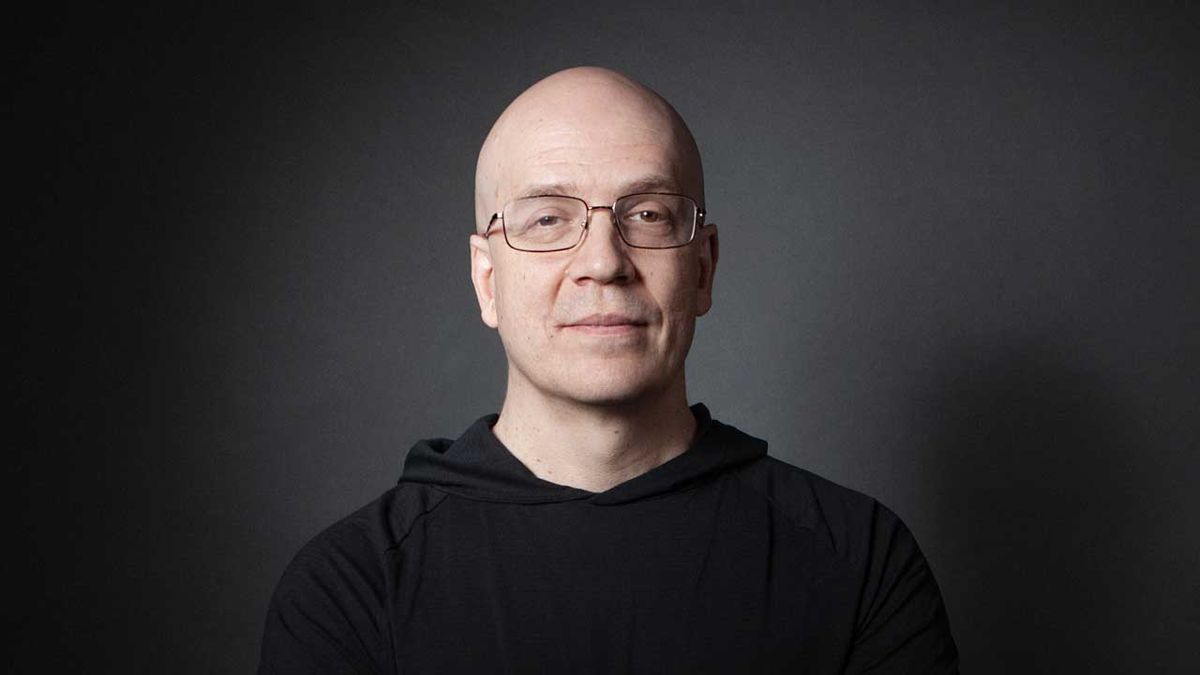
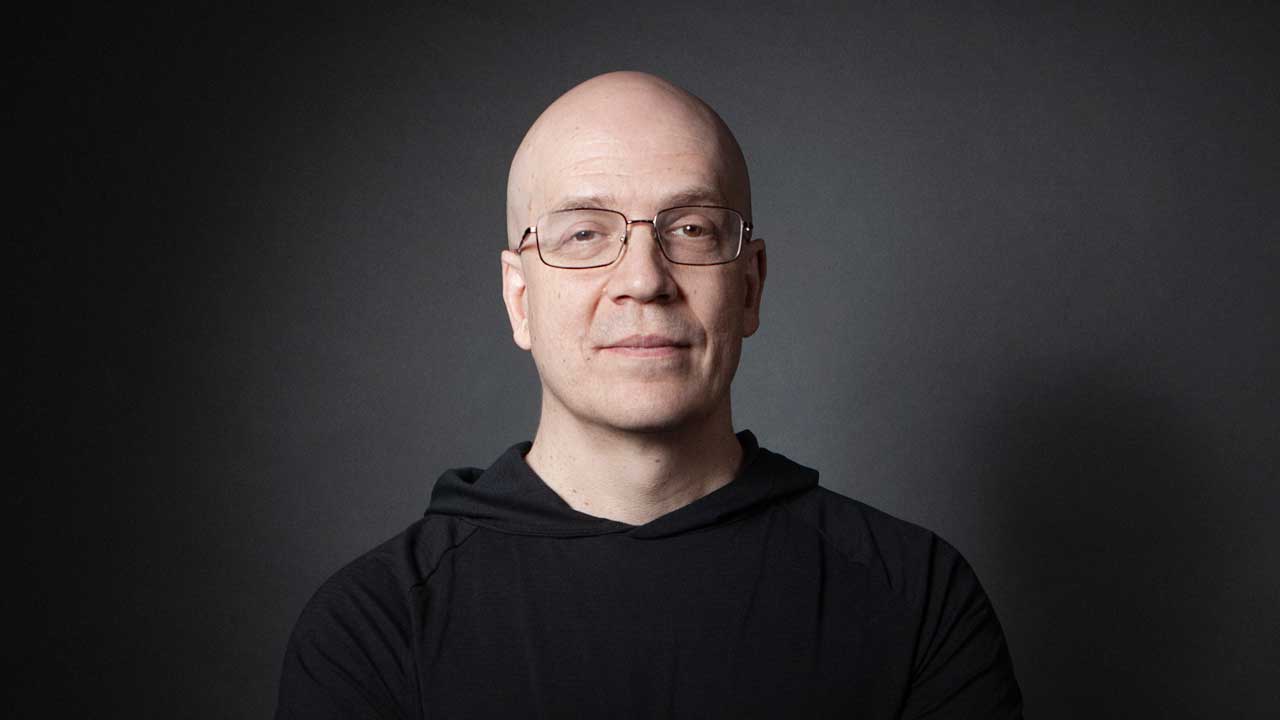


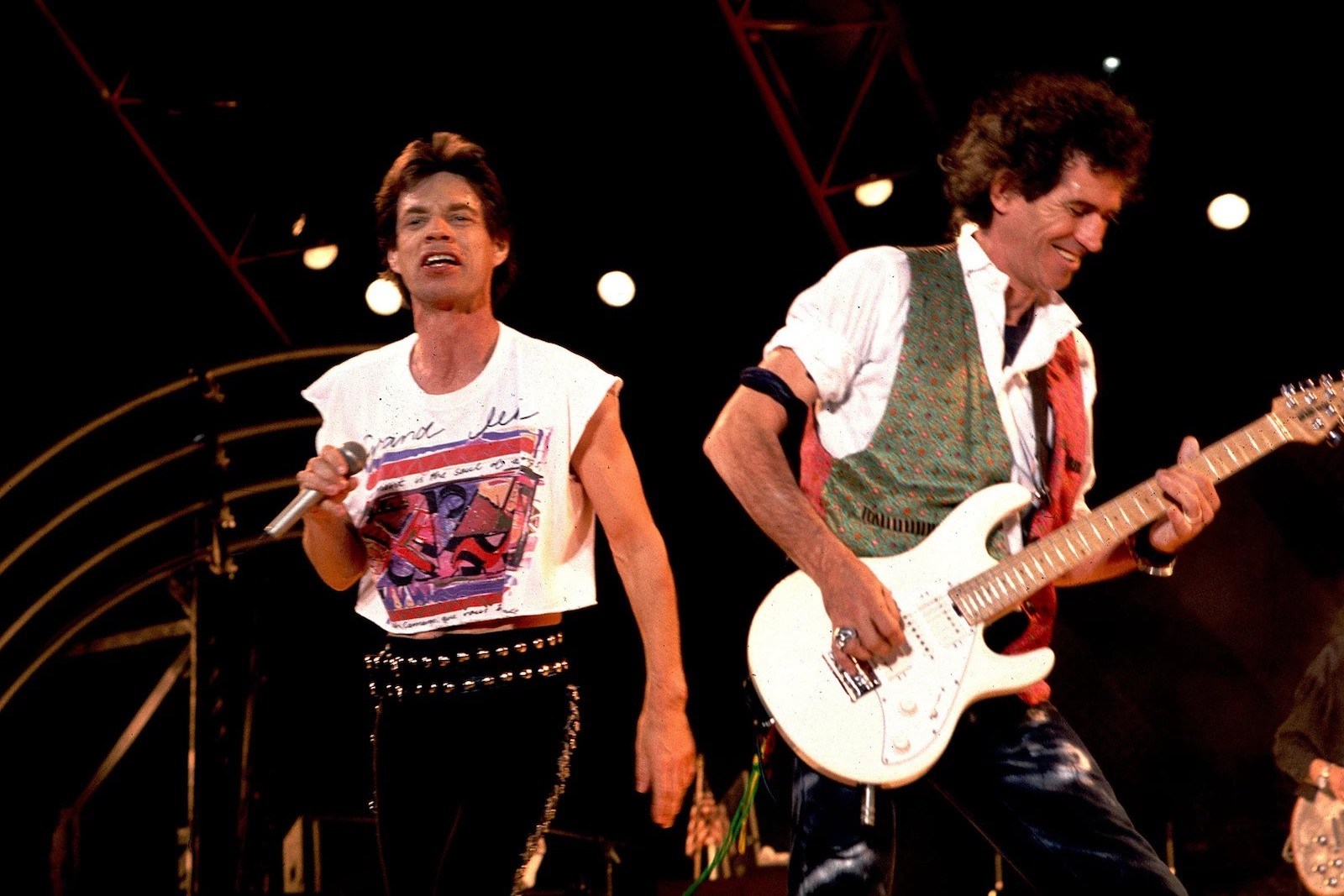











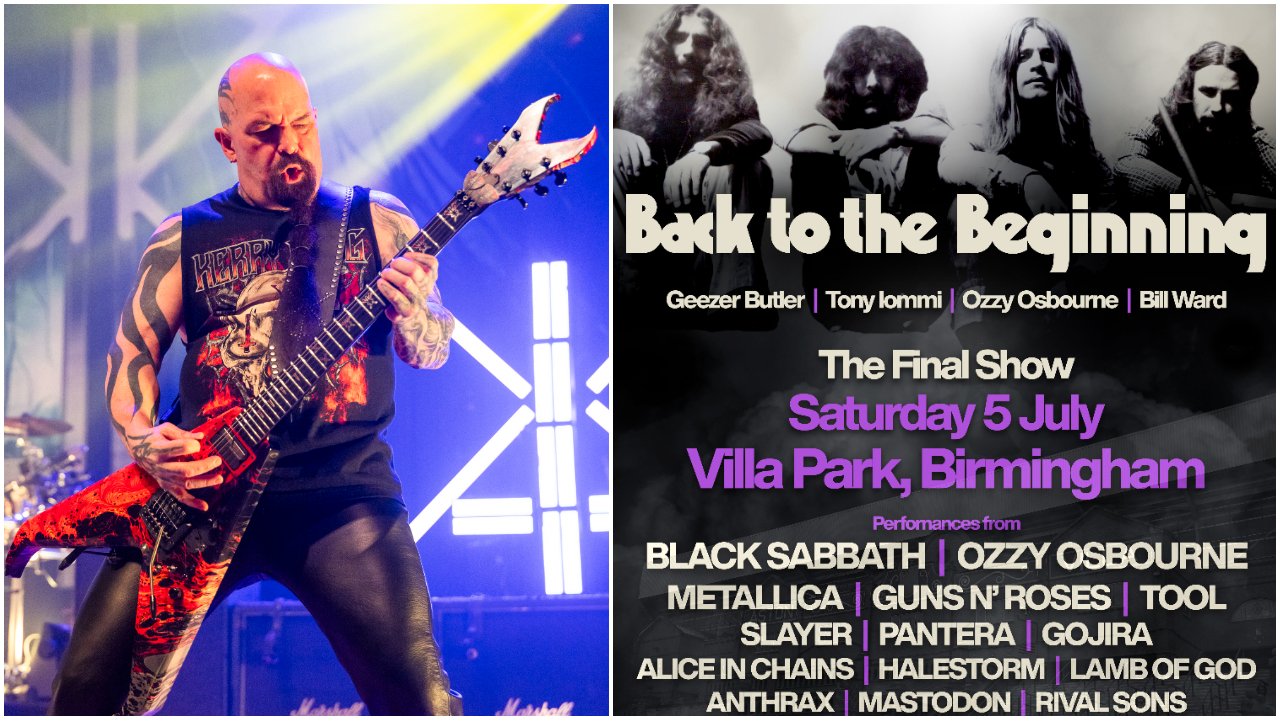
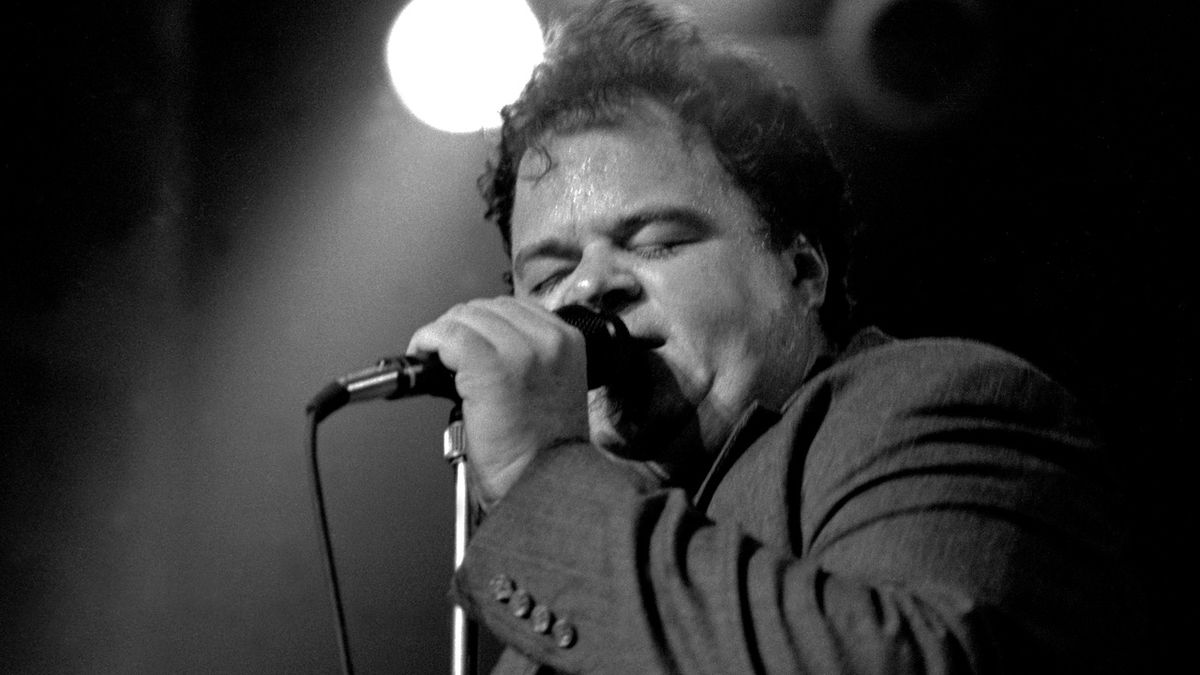
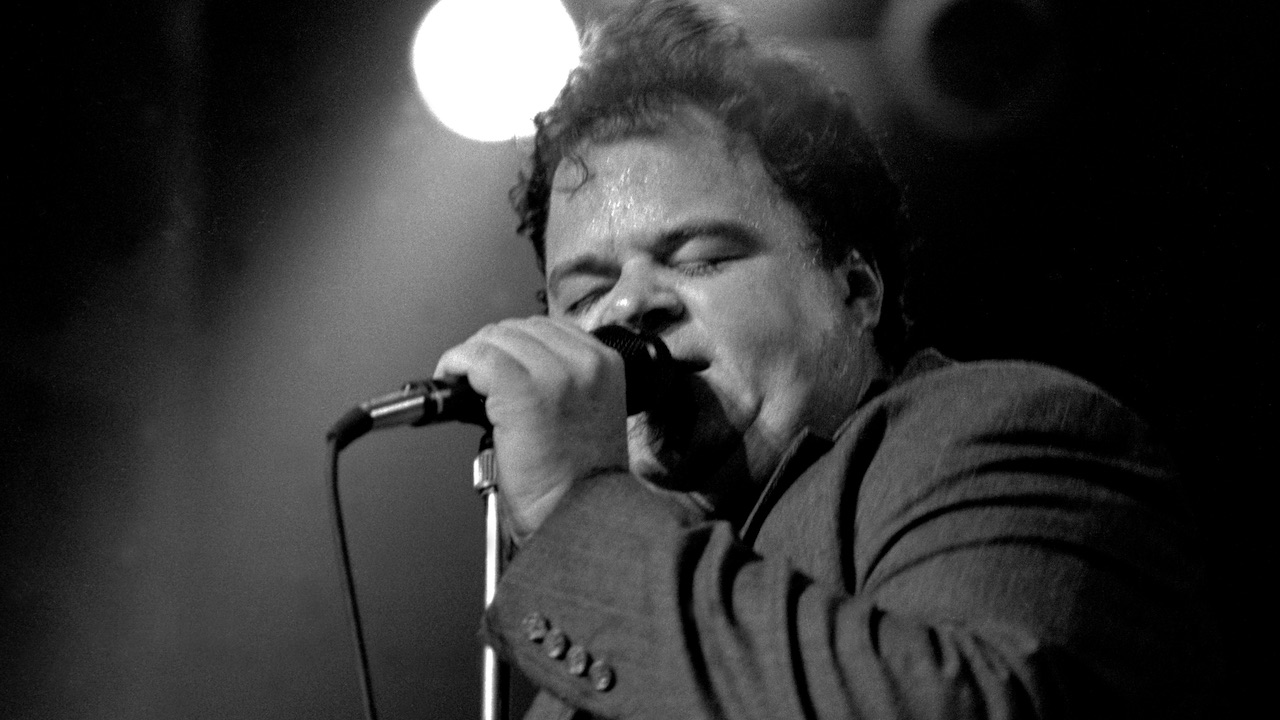





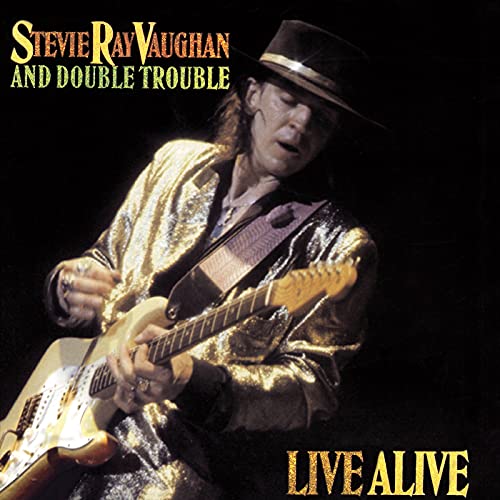

![In Session[2 CD]](https://m.media-amazon.com/images/I/51PSZiyBBLL._SL500_.jpg)









![Best of the Fire Meets the Fury 1989 [VINYL]](https://m.media-amazon.com/images/I/51O+2QoxTJL._SL500_.jpg)



![About Last Night...[LP]](https://m.media-amazon.com/images/I/41Oek6aBQ2L._SL500_.jpg)





